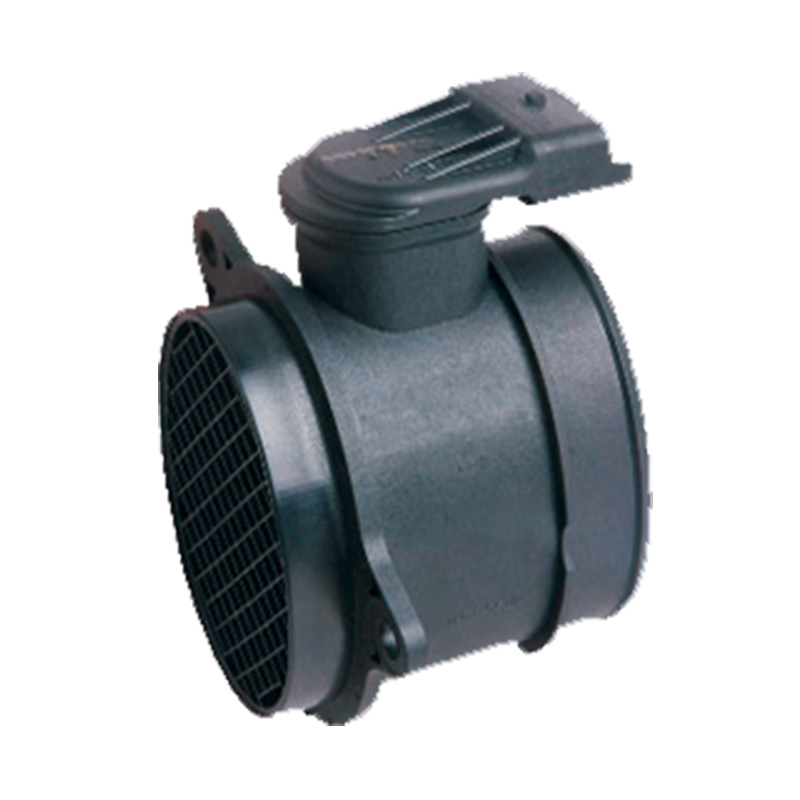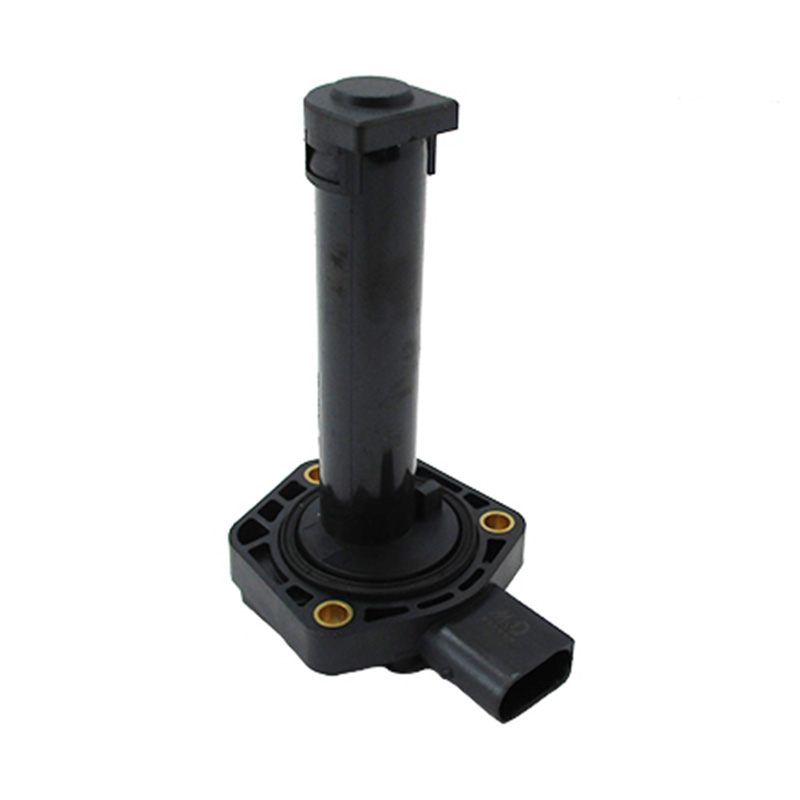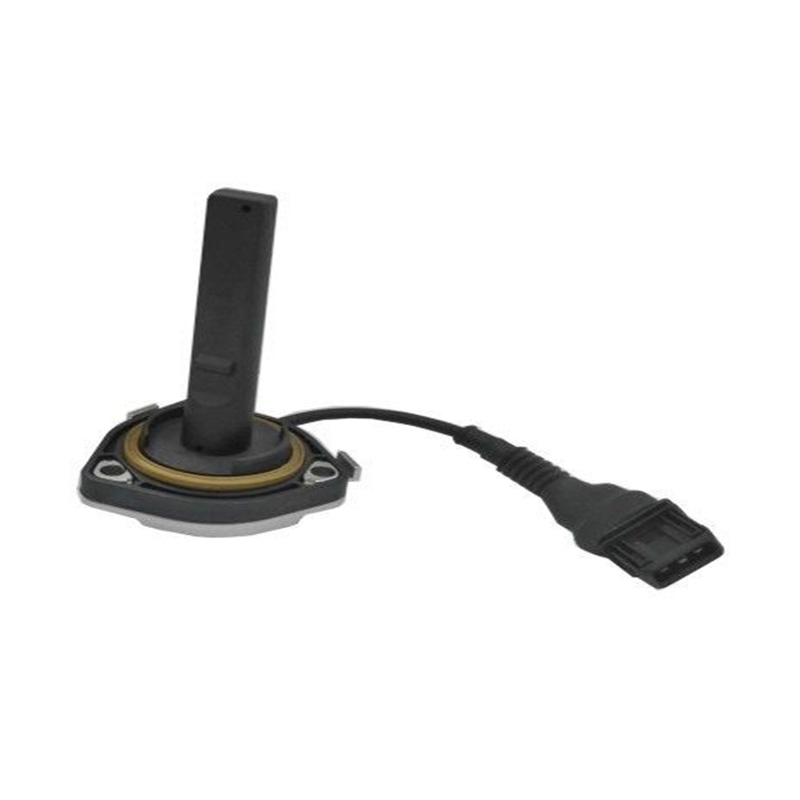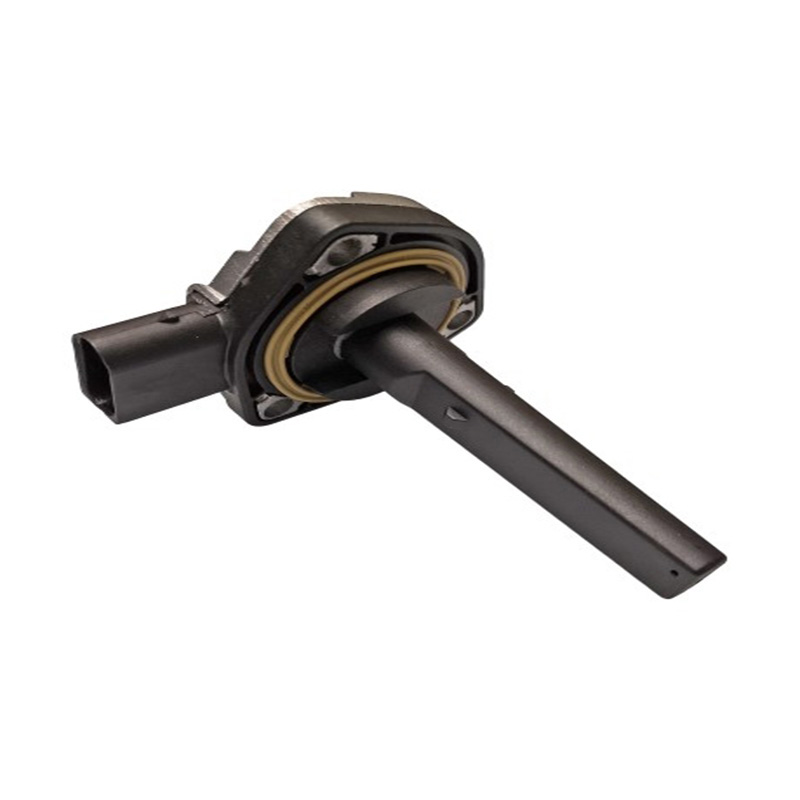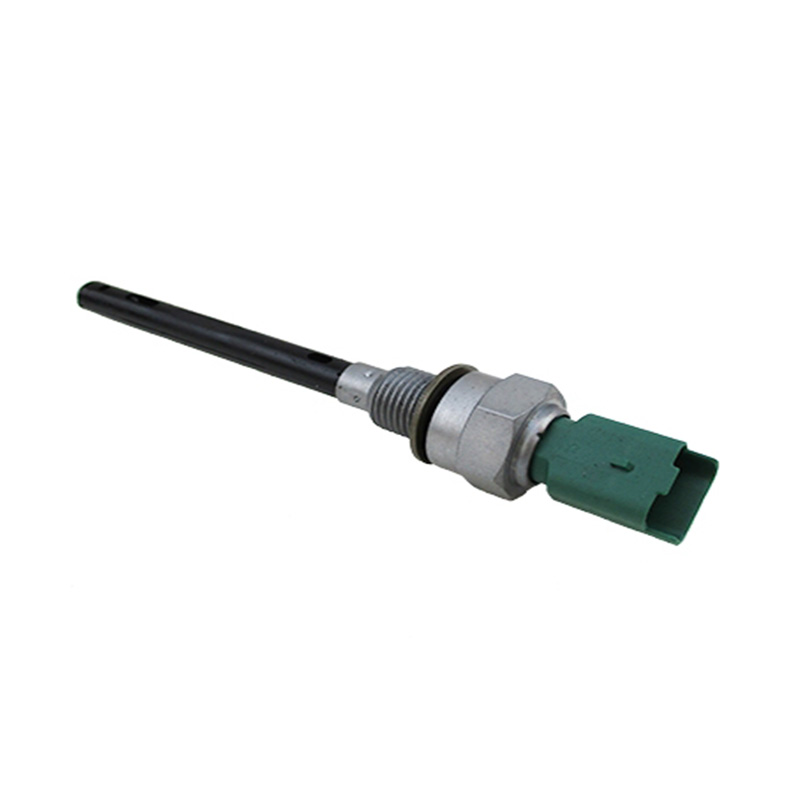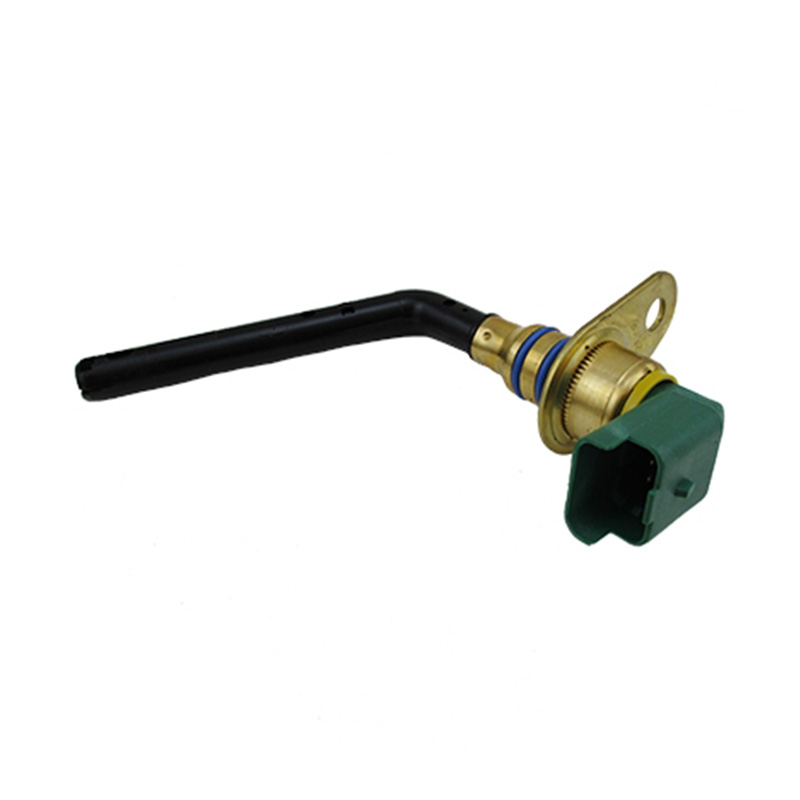OEM.NO:2505096
See DetailsFuture Prospects of Mass Air Flow Meter Technology in the Automotive Industry
The automotive industry continues to evolve, with increasing emphasis on efficiency, emissions control, and intelligent engine management. Among the essential components supporting these developments is the Mass Air Flow Meter. As the demand for cleaner, smarter, and more adaptable vehicles rises, the future of Mass Air Flow Meter technology is expected to play an even more significant role in the overall performance of both traditional and alternative-fuel engines.
The Mass Air Flow Meter is responsible for measuring the volume and density of air entering the engine. This data is crucial for determining the correct fuel injection, ensuring that the engine operates with the appropriate air-to-fuel ratio. As automotive technology shifts toward stricter environmental standards and enhanced performance, the accuracy and responsiveness of the Air Flow Meter will become increasingly important.
One of the key future trends involves the integration of smarter sensors within the Mass Air Flow Meter system. With advancements in digital processing, future designs are likely to include self-diagnostic and adaptive features. These improvements would allow the Air Flow Meter to detect and adjust for minor irregularities in airflow, contamination, or sensor aging. Real-time self-calibration will help maintain accurate readings throughout the lifespan of the component, reducing the need for frequent maintenance or replacement.
Another anticipated development in Mass Air Flow Meter technology is the use of advanced materials and manufacturing techniques. New materials that are more resistant to heat, corrosion, and contamination will enhance the durability of the sensor. This change is particularly important as automotive engines continue to downsize and turbocharging becomes more common. In such environments, the Air Flow Meter faces higher airflow rates and greater temperature fluctuations, making durability improvements a necessary focus for future designs.
As electric vehicles (EVs) and hybrid models gain market share, the Mass Air Flow Meter is also expected to adapt to new applications. While traditional internal combustion engines require this sensor for fuel management, hybrid systems with combustion backup units still rely on accurate air measurement for efficiency. Future Air Flow Meter models might be designed to work in combination with electric drivetrains, optimizing power delivery and thermal management by monitoring air intake for cooling systems and auxiliary combustion systems.
Connectivity will play an increasing role in the evolution of the Mass Air Flow Meter. Future designs are likely to be part of larger vehicle-wide data networks, where information from the Air Flow Meter will interact with other sensors and control systems. This integration will improve vehicle diagnostics, predictive maintenance, and adaptive performance features. For example, data from the Air Flow Meter could work with weather, altitude, and driving behavior information to automatically adjust engine settings, providing a more tailored driving experience.
Another important area of development is in emissions control. As regulations grow tighter worldwide, the Mass Air Flow Meter will become even more crucial for maintaining efficient combustion and reducing harmful emissions. Enhanced precision and faster response times will help engines remain within acceptable emissions levels, particularly during dynamic driving conditions. This capability is vital for urban vehicles, which frequently encounter stop-and-go traffic where engine demands change rapidly.
Energy efficiency is another factor driving advancements in Mass Air Flow Meter technology. Future designs may consume less electrical power while delivering quicker, more accurate readings. Reducing the energy requirements of each engine sensor contributes to overall fuel savings and improved vehicle efficiency. As vehicle electronics become more sophisticated, the Air Flow Meter must meet stricter performance and energy consumption standards.
In addition to performance and emissions benefits, safety features are likely to be enhanced through improved Mass Air Flow Meter systems. A malfunctioning airflow meter can cause engine hesitation, reduced power, or even sudden stalling. Future meters equipped with advanced diagnostics could alert drivers to potential issues before they impact performance, contributing to safer and more reliable vehicle operation.
